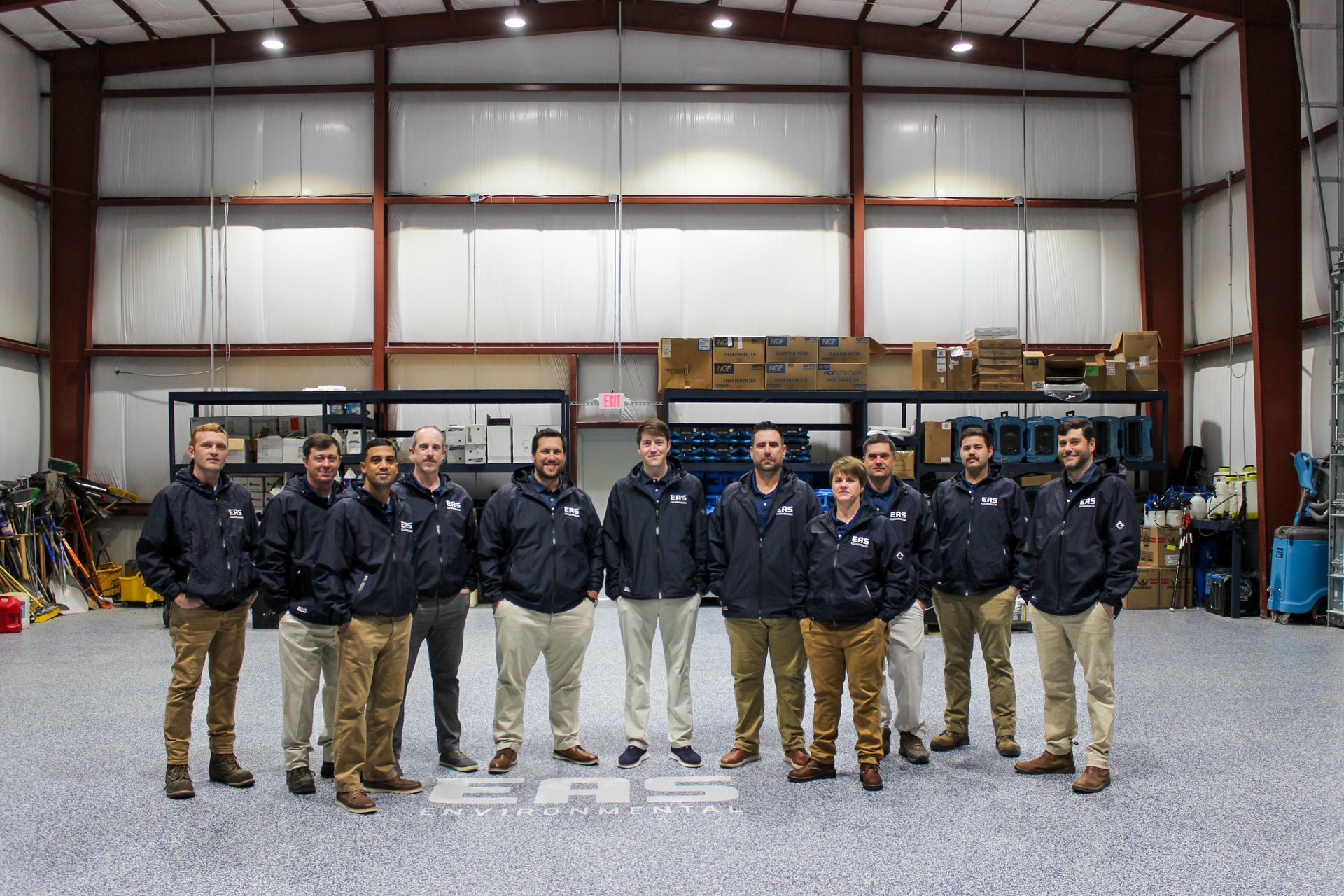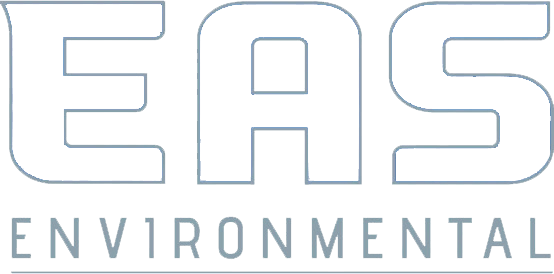
Welcome to our blog, where we explore the topic of DIY crawl space mold removal and whether it is a safe and effective option for homeowners. Mold growth in crawl spaces is a common issue that requires prompt attention, and many homeowners consider tackling the problem themselves. In this article, we will delve into the considerations, risks, and effectiveness of DIY crawl space mold removal to help you make an informed decision about the best approach for your specific situation.
Is DIY Crawl Space Mold Removal Safe and Effective?
DIY crawl space mold removal can be an attractive option for homeowners looking to save costs and take matters into their own hands. However, it is important to assess the safety and effectiveness of this approach before diving in. While it may seem feasible to tackle the mold removal process independently, several factors should be considered to ensure a safe and effective outcome.
Firstly, safety is paramount when dealing with mold removal. DIYers must understand the potential health risks associated with mold exposure and take appropriate precautions. This includes wearing personal protective equipment (PPE) such as gloves, goggles, and respirators to minimize the inhalation of mold spores. Adequate ventilation and containment measures should also be implemented to prevent the spread of mold to other areas of the home. Additionally, homeowners should be aware of their limitations and be prepared to seek professional assistance if the mold growth is extensive or if there are underlying structural issues that require expert intervention.
Secondly, the effectiveness of DIY crawl space mold removal depends on various factors. It is essential to accurately identify the type and extent of mold growth and address the underlying cause, typically moisture or water intrusion, to prevent future mold issues. DIYers should have the knowledge and skills to properly remove and dispose of mold-infested materials, clean affected surfaces, and implement preventive measures. Lack of experience or incomplete remediation can result in incomplete mold removal, leading to recurring mold growth and potential health hazards.
In conclusion, while DIY crawl space mold removal may seem like a cost-effective option, it is crucial to prioritize safety and consider the effectiveness of the approach. For extensive mold growth, complex structural issues, or concerns about personal safety, it is advisable to consult with professionals who specialize in mold remediation. Their expertise and experience can ensure a safe and thorough mold removal process, providing peace of mind and a healthier living environment.
Pros and Cons of DIY Crawl Space Mold Removal
DIY crawl space mold removal can be an appealing option for homeowners looking to tackle mold issues themselves. However, it is important to carefully consider the pros and cons before embarking on this task.
One of the main advantages of DIY crawl space mold removal is cost savings. By taking on the project yourself, you can avoid the expenses associated with hiring professional mold remediation services. Additionally, it allows you to have control over the process and ensures that the work is done according to your schedule and preferences.
However, there are also potential drawbacks to DIY crawl space mold removal. One major concern is the risk of inadequate mold removal. Improper techniques or incomplete removal can lead to recurring mold growth, posing health risks and causing further damage. Professionals have the experience and knowledge to properly assess the extent of mold growth, identify the underlying causes, and implement effective remediation methods. They also have access to specialized equipment and tools that may be necessary for thorough mold removal. Additionally, DIYers may face safety challenges, as handling mold without proper precautions can expose them to harmful spores and contaminants. Hiring professionals ensures that the necessary safety measures are in place to protect both the homeowner and the property. Ultimately, homeowners should carefully weigh the pros and cons, consider the scope of the mold issue, and their own level of expertise before deciding whether to proceed with DIY crawl space mold removal or seek professional assistance.
Exploring the Feasibility
DIY crawl space mold removal can be an appealing option for homeowners looking to tackle mold issues themselves. However, it is important to carefully consider the pros and cons before embarking on this task.
One of the main advantages of DIY crawl space mold removal is cost savings. By taking on the project yourself, you can avoid the expenses associated with hiring professional mold remediation services. Additionally, it allows you to have control over the process and ensures that the work is done according to your schedule and preferences.
However, there are also potential drawbacks to DIY crawl space mold removal. One major concern is the risk of inadequate mold removal. Improper techniques or incomplete removal can lead to recurring mold growth, posing health risks and causing further damage. Professionals have the experience and knowledge to properly assess the extent of mold growth, identify the underlying causes, and implement effective remediation methods. They also have access to specialized equipment and tools that may be necessary for thorough mold removal. Additionally, DIYers may face safety challenges, as handling mold without proper precautions can expose them to harmful spores and contaminants. Hiring professionals ensures that the necessary safety measures are in place to protect both the homeowner and the property. Ultimately, homeowners should carefully weigh the pros and cons, consider the scope of the mold issue, and their own level of expertise before deciding whether to proceed with DIY crawl space mold removal or seek professional assistance.
FAQs
Contact EAS Environmental Today!
EAS Environmental will do everything we can to ensure your experience with us is excellent.
Request A FREE Estimate
Request a Free Estimate Form
Checkout Recent Post
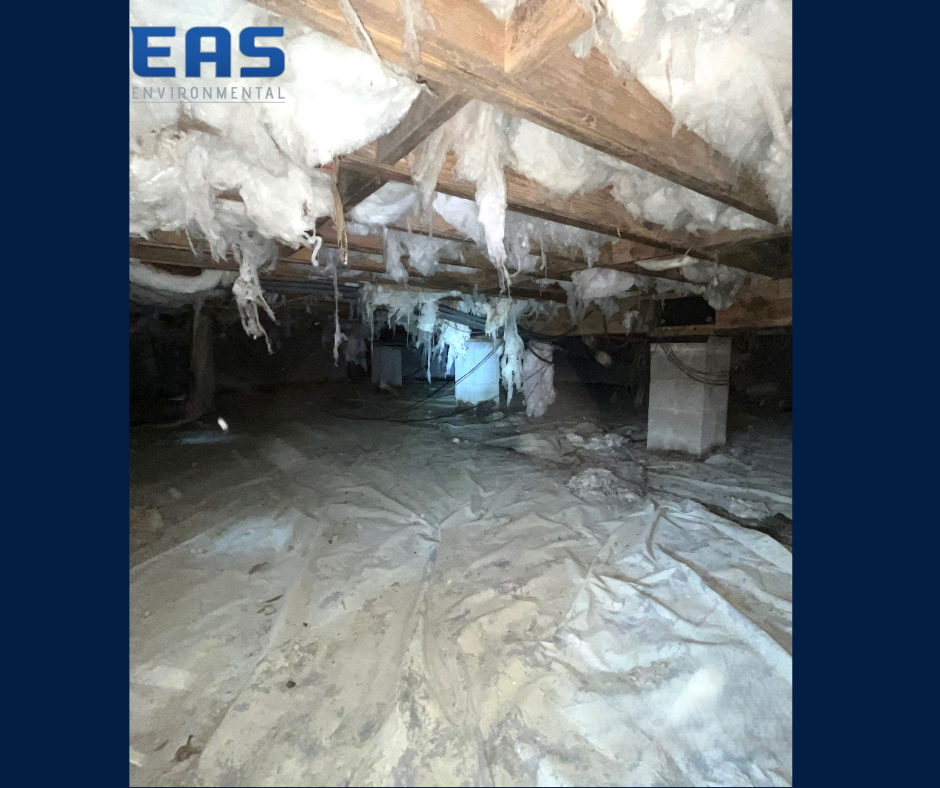
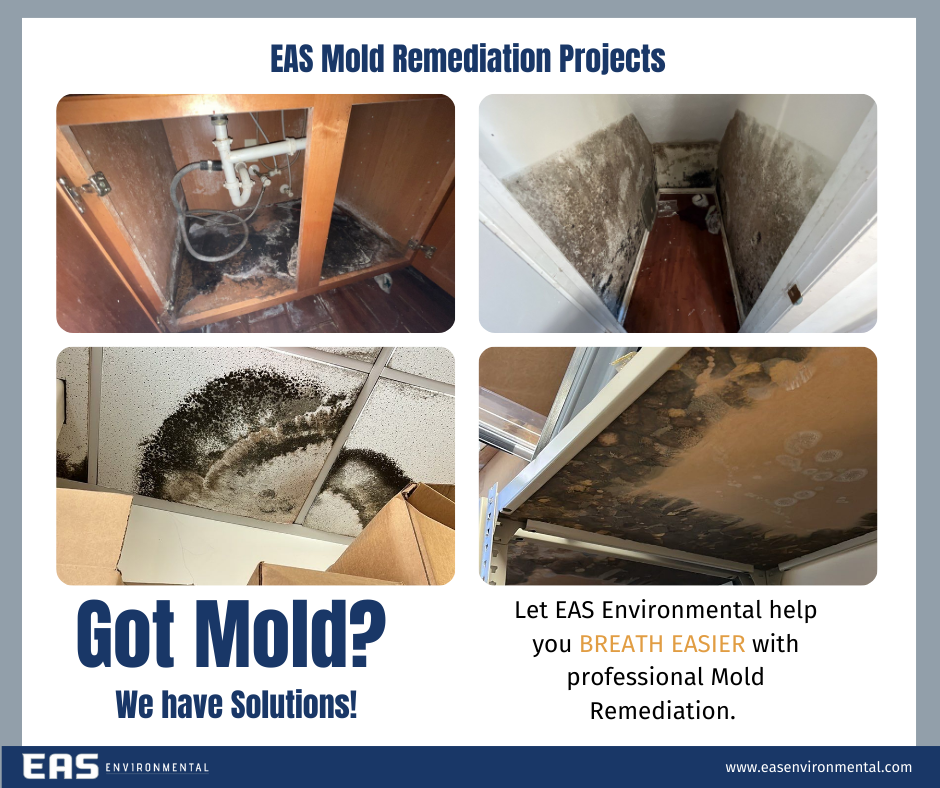
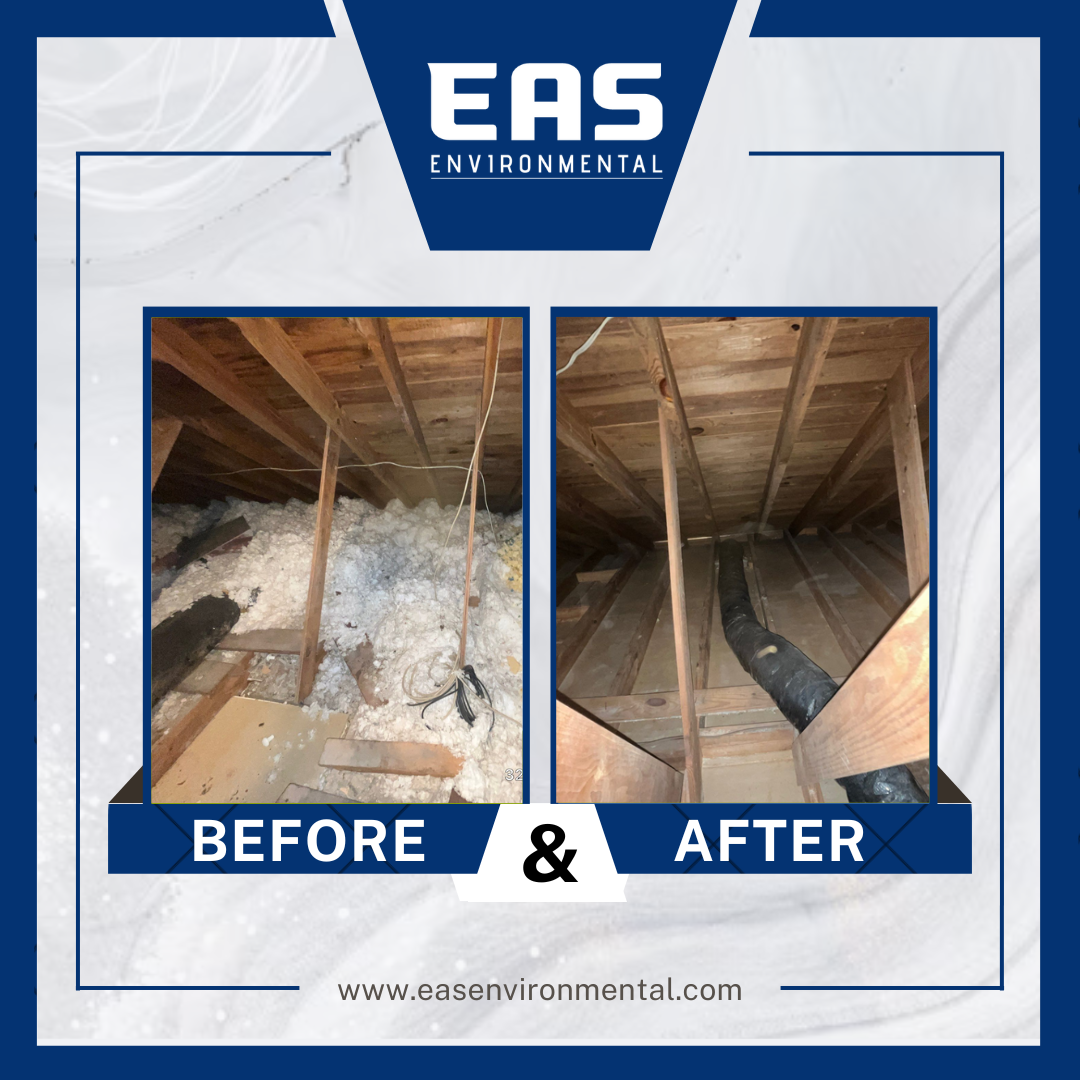
Got a Question? We’re Here to Help.
You can arrange an appointment or make an enquiry by phone or email, orget in touch to us via our contact form.

